Steinway Lyngdorf LS Sound System

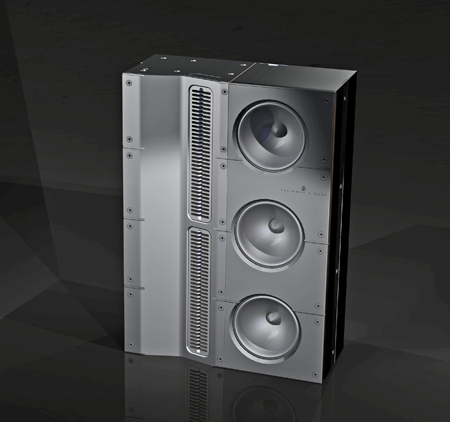
The LS front left and right modules are mirror images of each other with three 5-inch midrange drivers and two AMT (air-motion transformer) ribbon tweeters. Frequency response is specified to extend from 80Hz to 22kHz, and they can pump out up to 124dB SPL at a distance of 1 meter.

Serving the center channel is the LS Center module, which has the same number and type of drivers and the same performance specs as the front left and right modules. In this case, however, the AMTs are mounted directly in front of the midrange cones to create a coincident soundfield.
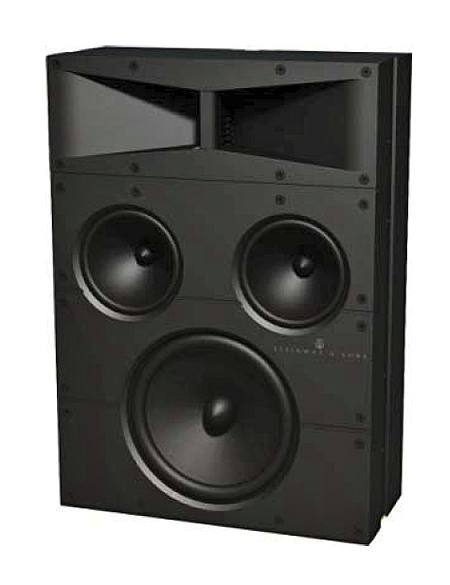
The LS Surround module is a 3-way design with one 8-inch woofer, two 5-inch mids, and one AMT mounted sideways and firing into twin acoustic channels to diffuse the highs for more enveloping surround sound. The frequency response is spec'd from 80Hz to 18kHz with a maximum sound level of 110dB SPL at 1 meter.
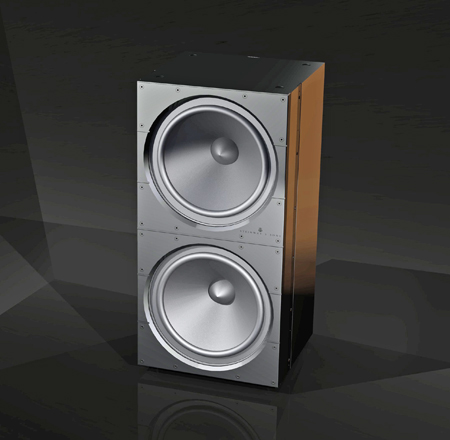
At the bottom of the frequency spectrum, we find the LS Boundary Woofer with two 12-inch drivers in a sealed cabinet. Its frequency response extends from 500Hz down to 20Hz with a maximum sound level of 112dB SPL at 1 meter.
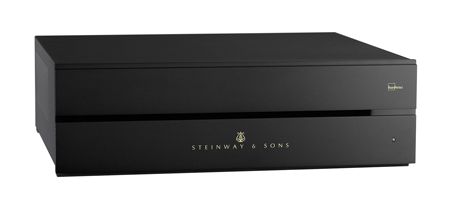
A complete LS system includes the P1 surround processor, which can decode all the currently available surround formats, including Dolby TrueHD and DTS-HD. It also offers automatic room correction, bass management, and level and delay alignment in addition to a host of other advanced features. There are nine S/PDIF digital-audio inputs (one of which can also accommodate AES/EBU), five 2-channel analog-audio inputs (one balanced), and one 7.1 multichannel analog-audio input. Video inputs include five HDMI 1.3, five component, two S-video, and two composite. On the output side, the P1 provides 12 audio channels via Steinway Lyngdorf Link, a proprietary digital connection to the amps using CAT5 cabling, and several video outputs, including one HDMI.

Audio power for the system is supplied by a rack of A1 digital power amps, each providing two channels at 400Wpc. The amps are fully integrated with the speakers and processor—in fact, you can't buy one without the others.
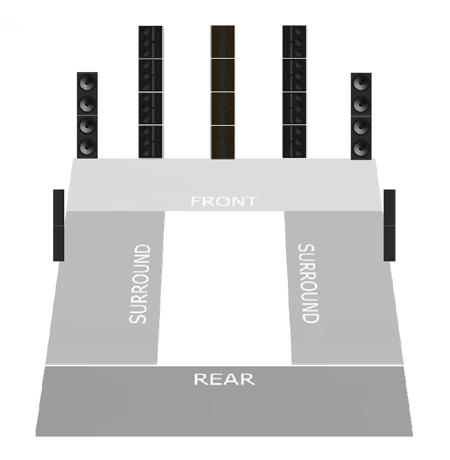
Typically, multiple speaker modules are stacked in columns of two, four, or six, depending on the size of the room, and any configuration requires a hefty bank account. For example, a basic 5.1 system with eight front modules (four right, four left), four center modules, four surround modules (two on each side), four sub modules, one P1 processor, and nine A1 amps carries a retail price tag of $267,000.
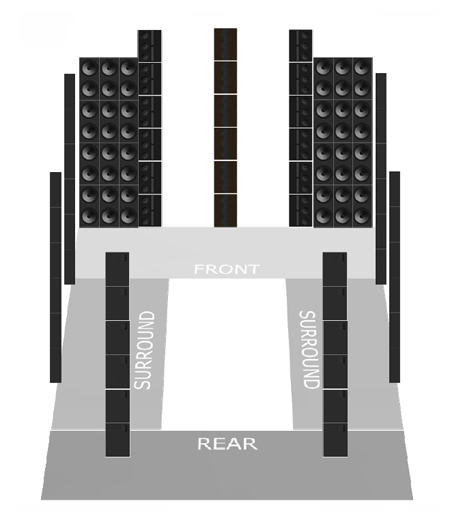
At the extreme end of things, a massive 7.1 system with 12 fronts (six on each side), six centers, 36 surrounds, 24 subs, and all the necessary electronics is a staggering $993,000.
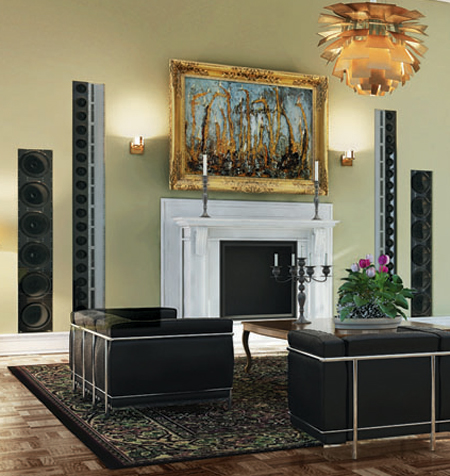
I was lucky enough to hear a smallish 7.1 system in a Los Angeles demo showroom recently, and I was quite impressed. We watched and listened to a bit of Legends of Jazz with Ramsey Lewis on Blu-ray, and the sound was clean and clear with tight, well-defined bass that was plentiful without being overbearing. For those with the room and resources, the LS system paints a beautiful sonic picture.
- Log in or register to post comments




































































